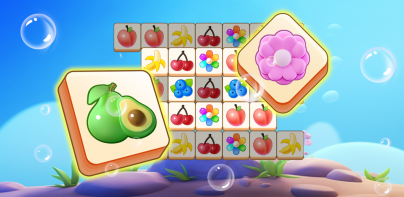


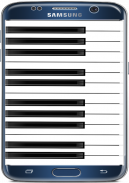
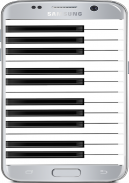
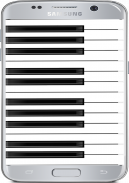
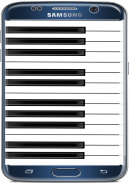
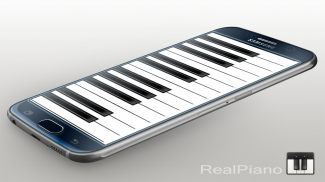
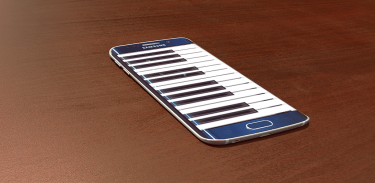
Real Piano

Real Piano介绍
The piano is an acoustic, stringed musical instrument invented around the year 1700, in which the strings are struck by hammers. It is played using a keyboard, which is a row of keys that the performer presses down or strikes with the fingers and thumbs of both hands to cause the hammers to strike the strings. The word piano is a shortened form of pianoforte, the Italian term for the early 1700s versions of the instrument, which in turn derives from gravicembalo col piano and forte piano. The Italian musical terms piano and forte indicate "soft" and "loud" respectively, in this context referring to the variations in volume produced in response to a pianist's touch or pressure on the keys: the greater the velocity of a key press, the greater the force of the hammer hitting the strings, and the louder the sound of the note produced and the stronger the attack. The first fortepianos in the 1700s had a quieter sound and smaller dynamic range.
钢琴大约是1700年,在这串由锤子击打发明了声,弦乐器。它使用的是键盘,这是关键的一排表演按下或者用手指和双手拇指的罢工导致锤子敲击琴弦演奏。这个词钢琴是钢琴的缩写形式,仪器,这反过来从gravicembalo山坳钢琴和钢琴长处派生的18世纪初版本的意大利项。意大利音乐术语钢琴和长处指示“软”和“大声的”分别在这方面参照响应于钢琴家的触摸或压力上的键所产生的体积变化,大的键按压的速度,更大的锤子击打弦的力,所产生的音符的声音越大越强的攻击。在18世纪的第一个fortepianos有一个安静的声音和更小的动态范围。







